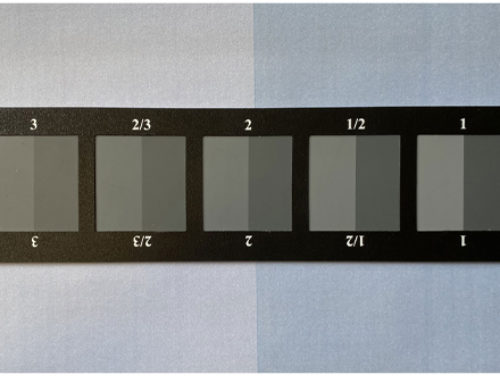On Track to a New Rail Network: Recycled Polymers in Railway Sleepers
In the ever-evolving landscape of sustainable practices, the railway industry has embraced an innovative approach by incorporating recycled polymers into the production of railway sleepers. Traditionally, these sleepers were primarily made from wood or concrete. However, the environmental impact of these materials has led to a shift towards recycled polymers, presenting a greener and more sustainable solution.
The use of recycled polymers in railway sleepers brings forth a myriad of environmental benefits. One of the most significant advantages is the reduction of carbon footprint. Traditional sleeper materials often involve extensive logging or energy-intensive manufacturing processes. In contrast, recycled polymers utilize post-consumer or post-industrial plastic waste, diverting it from landfills and giving it a second life. In the historic 175 year old, over 1000m long Moncrieffe Tunnel in Perthshire, more than 3.690 plastic sleepers were laid, making it the largest volume to be used in Scotland to date.
The durability and longevity of railway sleepers are crucial factors, considering the compressive loads and constant vibrations they endure. Recycled polymers have proven to be a resilient and robust alternative, offering excellent structural integrity. These materials are highly resistant to weathering, corrosion, and decay, ensuring a prolonged lifespan for railway infrastructure.
Accelerated weathering followed by material tests such as flexural or compression testing is one such way to validate the effectiveness and durability of recycled materials in this application. Advanced forms of testing such as differential scanning calorimetry (DSC) can reveal the main constituents of the recyclate.
Beyond environmental and durability benefits, the use of recycled polymers also contributes to resource conservation. By repurposing plastic waste into essential components of railway tracks, the demand for virgin materials is reduced, conserving natural resources, and mitigating the environmental impact associated with their extraction and processing.
The adoption of recycled polymers in railway sleepers is not only a testament to the industry’s commitment to sustainability but also sets a positive example for other sectors. As technology advances and awareness of environmental issues grows, embracing eco-friendly alternatives becomes imperative. The incorporation of recycled polymers in railway sleepers is a step towards a greener and more sustainable future for transportation infrastructure, aligning the industry with the global goals of reducing waste and mitigating climate change.





